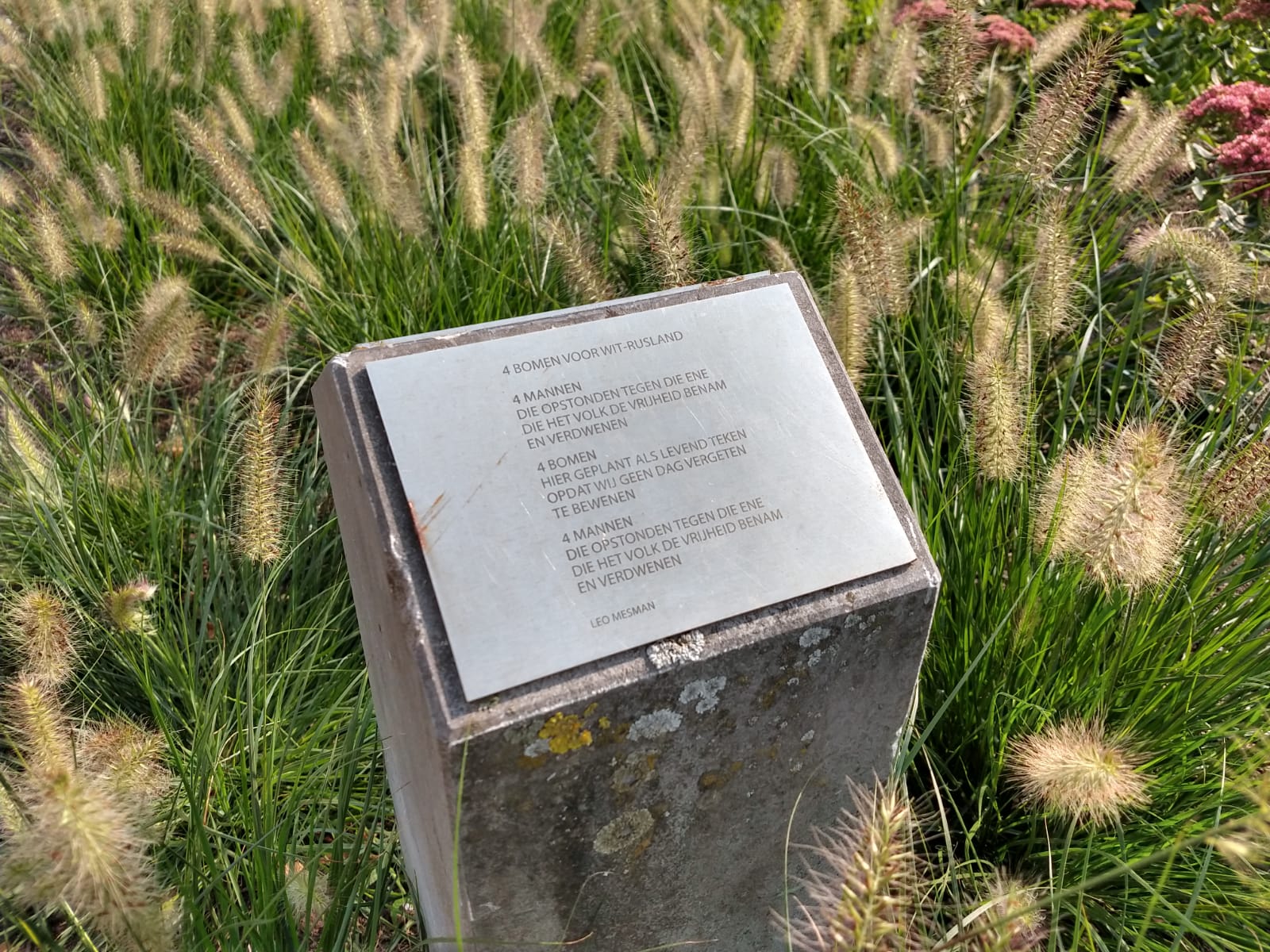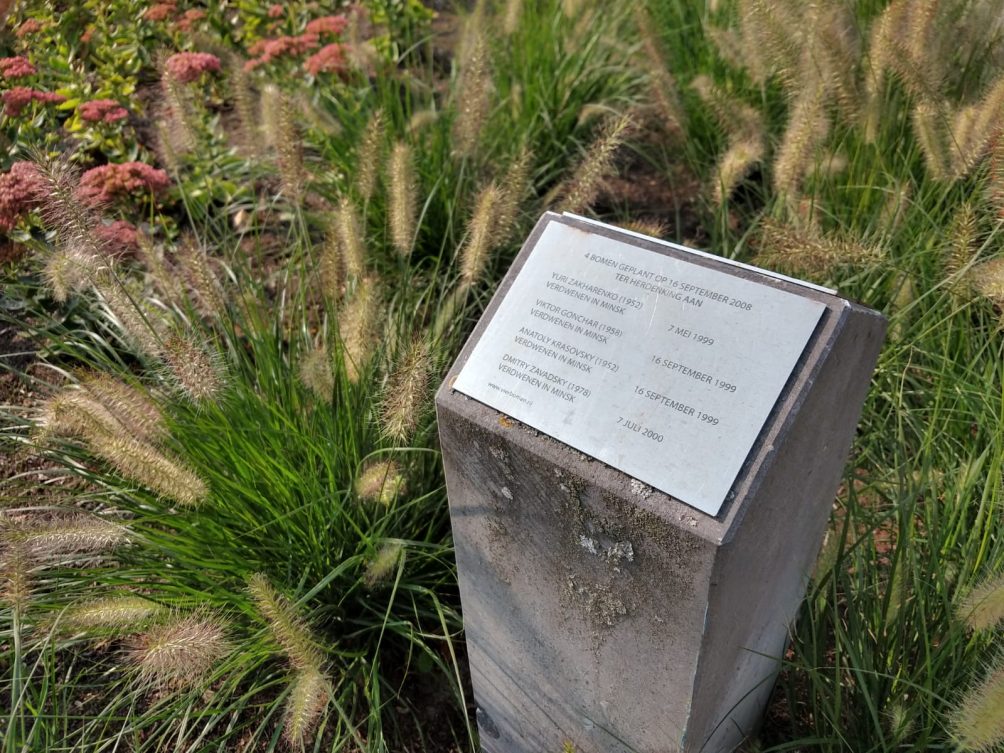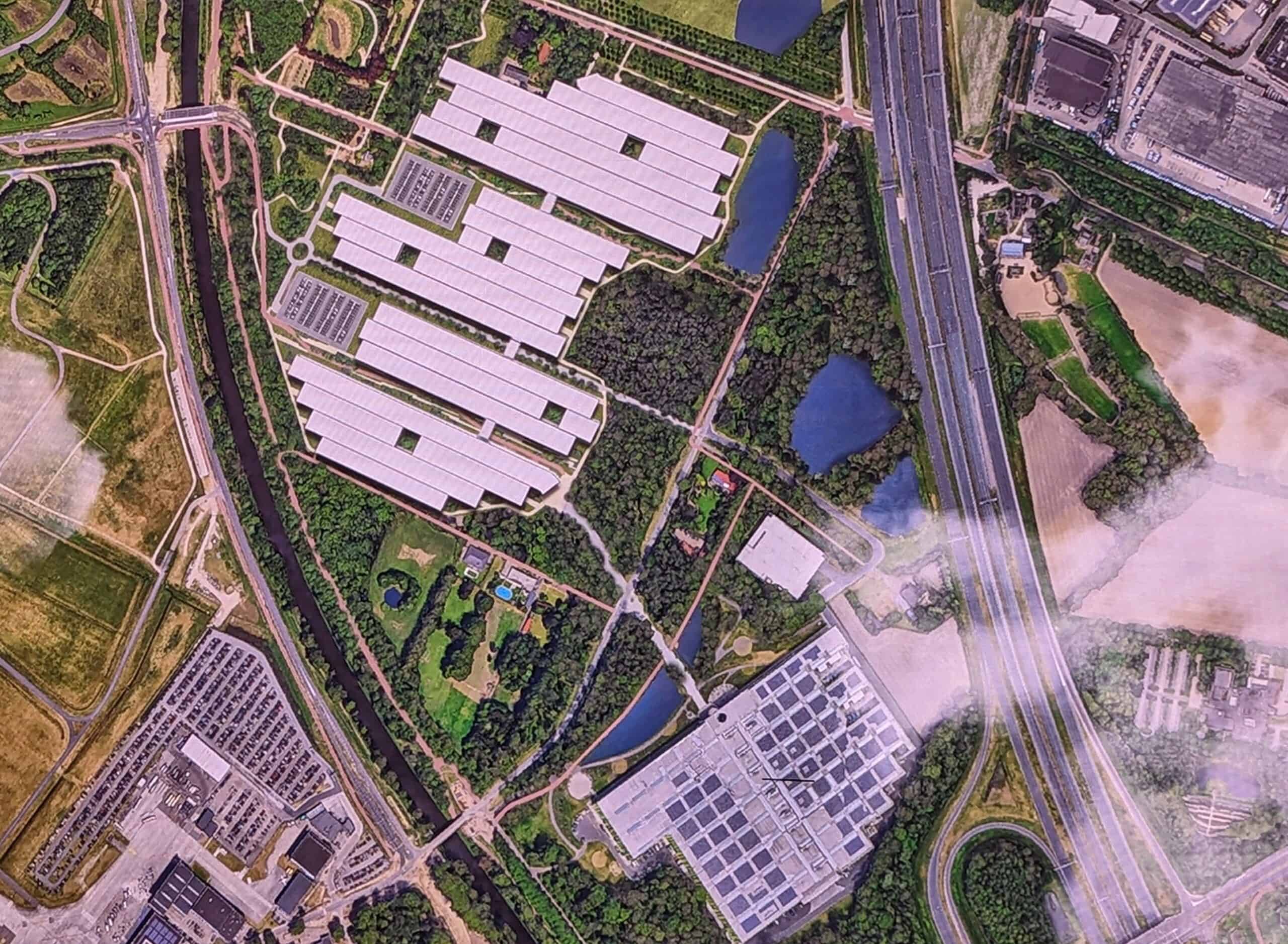
As a resident of the Dutch city of Eindhoven, you will most likely pass by there on a regular basis. On a bike, on foot, or in a car. Just past four very special trees in a park on the Paradijslaan in the Dutch city of Eindhoven. Ask yourself if you have ever noticed those Hungarian oaks? I suspect that you have not because these trees do not look particularly remarkable at first glance. Yet the story about these four trees is well worth listening to.
Belarus
The story behind these trees is highly topical. These four trees have a relationship with Belarus, formerly known as White Russia. This country in Eastern Europe declared its independence on 25 August 1991 after the collapse of the Soviet Union. Alexander Lukashenko has been in power since 1994. He is seen by many as the last dictator of Europe.
Despite his repressive regime, a tech scene has emerged there in recent years that can compete with the world’s top. “Forget Silicon Valley, the IT people of Minsk are conquering the world,” wrote the Dutch newspaper Trouw back in 2018. And our website reported on the numerous successful start-ups in the country last year. Including the Viber messenger app and the War of Tanks video game. Over the past few weeks, Belarus has featured frequently in the news. The recent elections have sparked massive protests in the capital Minsk and beyond. The European Union is calling for new, fair elections and is threatening sanctions. Putin views the situation warily and seems willing to take military action. The situation is extremely tense.
Missing without a trace
Eindhoven has been the twin city of Minsk for many years. Four Hungarian oaks were planted in 2008 on the Paradijslaan as a testament to that commitment. In memory of four missing men. Their fate is still uncertain. On May 7, 1999, Yuri Zakharenko disappeared. He was previously the Minister of Home Affairs there and was critical of President Lukashenko. A few months later, on September 16, 1999, Viktor Gonchar and Anatoly Krasovsky were abducted. Gonchar was a well-known politician and Anatoly Krasovsky was a publisher and financier of social projects. On July 7, 2000, the Russian journalist Dmitry Zavadsky, who was working on a critical documentary about Chechnya, also vanished.
There are obviously suspicions about what happened to them, whether or not supported by evidence. But as long as there is no official facts and their bodies remain missing, it is not possible for their surviving relatives to have closure about what happened to them.
Memorial for four men
Since the planting of the four trees on the Paradijslaan in 2008, an annual memorial service is held on September 16. This memorial is intended to keep drawing attention to the disappearance of these men. The truth must come out. The current situation in Belarus makes the memorial this week highly topical all over again. The newspapers are full of reports about demonstrators who have been arrested and who have disappeared.
Close to the four trees is a monument with the names of Yuri Zakharenko, Victor Gonchar, Anatoly Krasovsky, and Dmitry Zavadsky and a poem. I think it is a beautiful and poignant poem.
4 bomen voor wit-rusland
4 mannen
die opstonden tegen die ene
die het volk de vrijheid benam
en verdwenen
4 bomen
hier geplant als levend teken
opdat wij geen dag vergeten
te bewenen
4 mannen
die opstonden tegen die ene
die het volk de vrijheid benam
en verdwenen
Leo Mesman (2008)
English translation:
Four trees for Belarus
Four men,
who stood against the one
who took away the people’s freedom,
and disappeared.
Four trees,
a sign of life planted here
so that no day passes
without our mourning them.
Four men,
who stood against the one
who took away the people’s freedom,
and disappeared.
A moment of reflection
Therefore, from now on, whenever you pass Paradijslaan, stop for a moment and and reflect on the four trees and the wee monument in memory of the four missing men and their families. So that they are not forgotten.

About this column:
In a weekly column, alternately written by Buster Franken, Eveline van Zeeland, Jan Wouters, Katleen Gabriels, Mary Fiers, Tessie Hartjes, and Auke Hoekstra, Innovation Origins tries to find out what the future will look like. These columnists, occasionally supplemented with guest bloggers, are all working in their own way on solutions for the problems of our time. So tomorrow will be good. Here are all the previous articles in this series.



